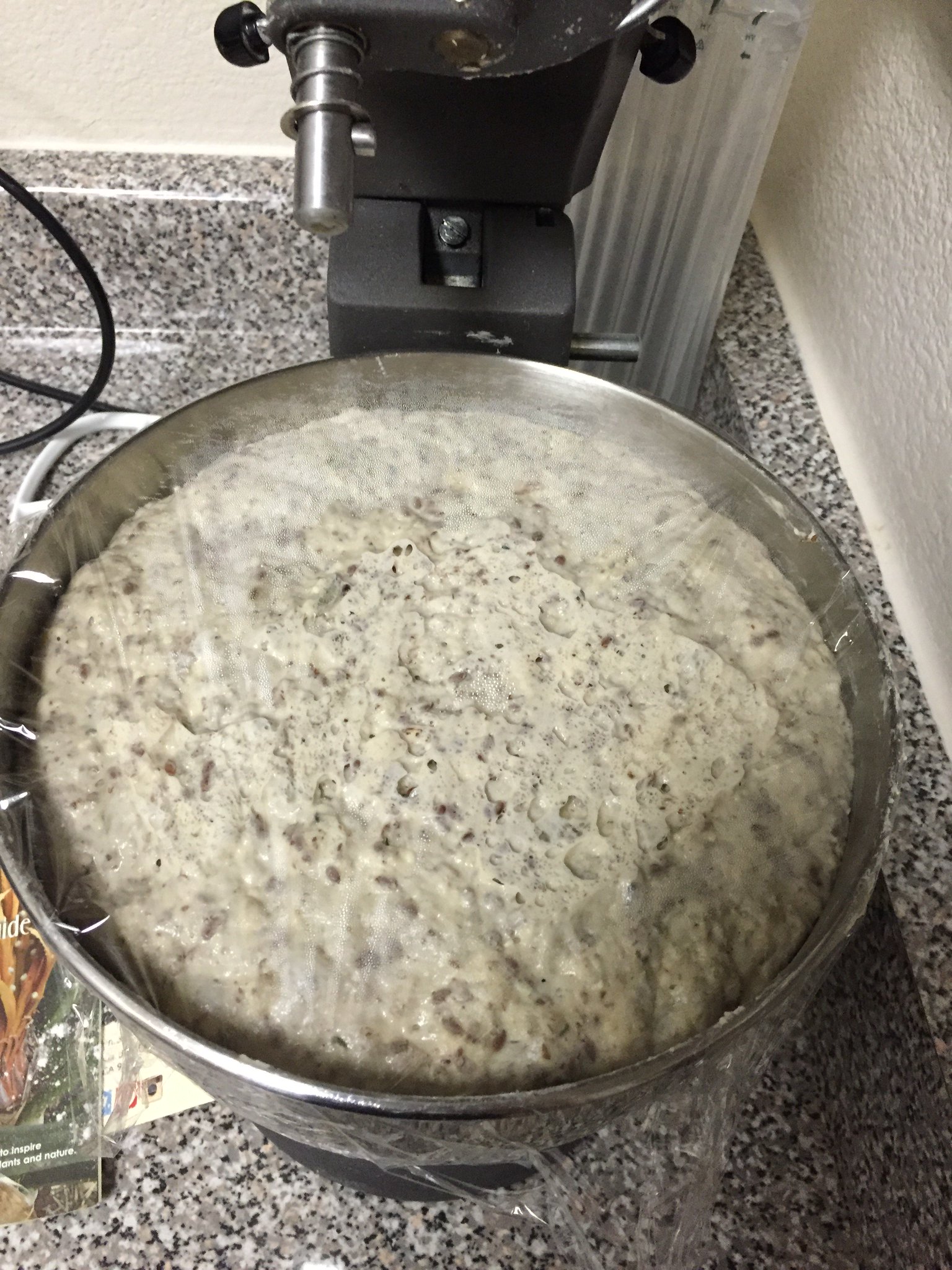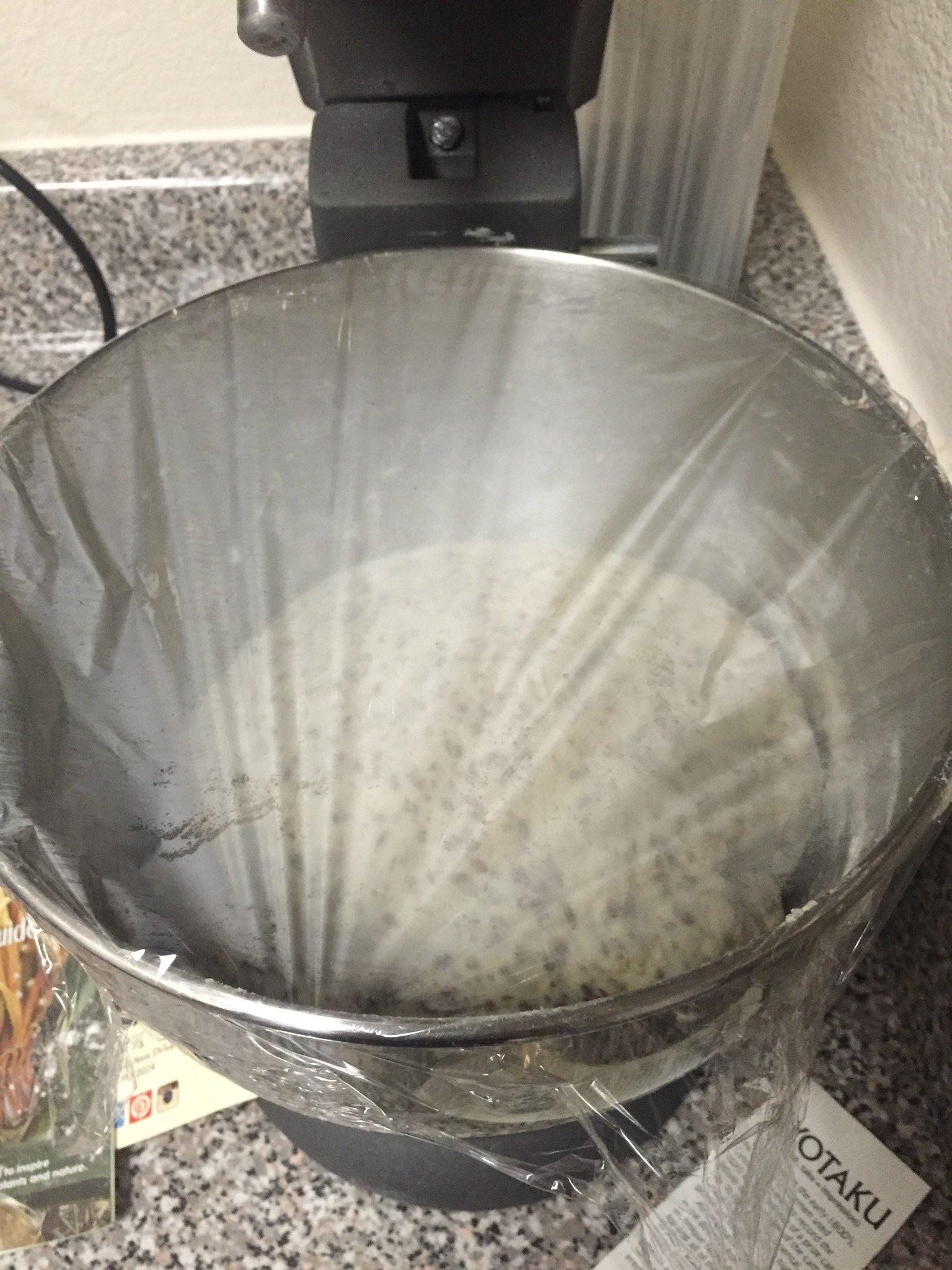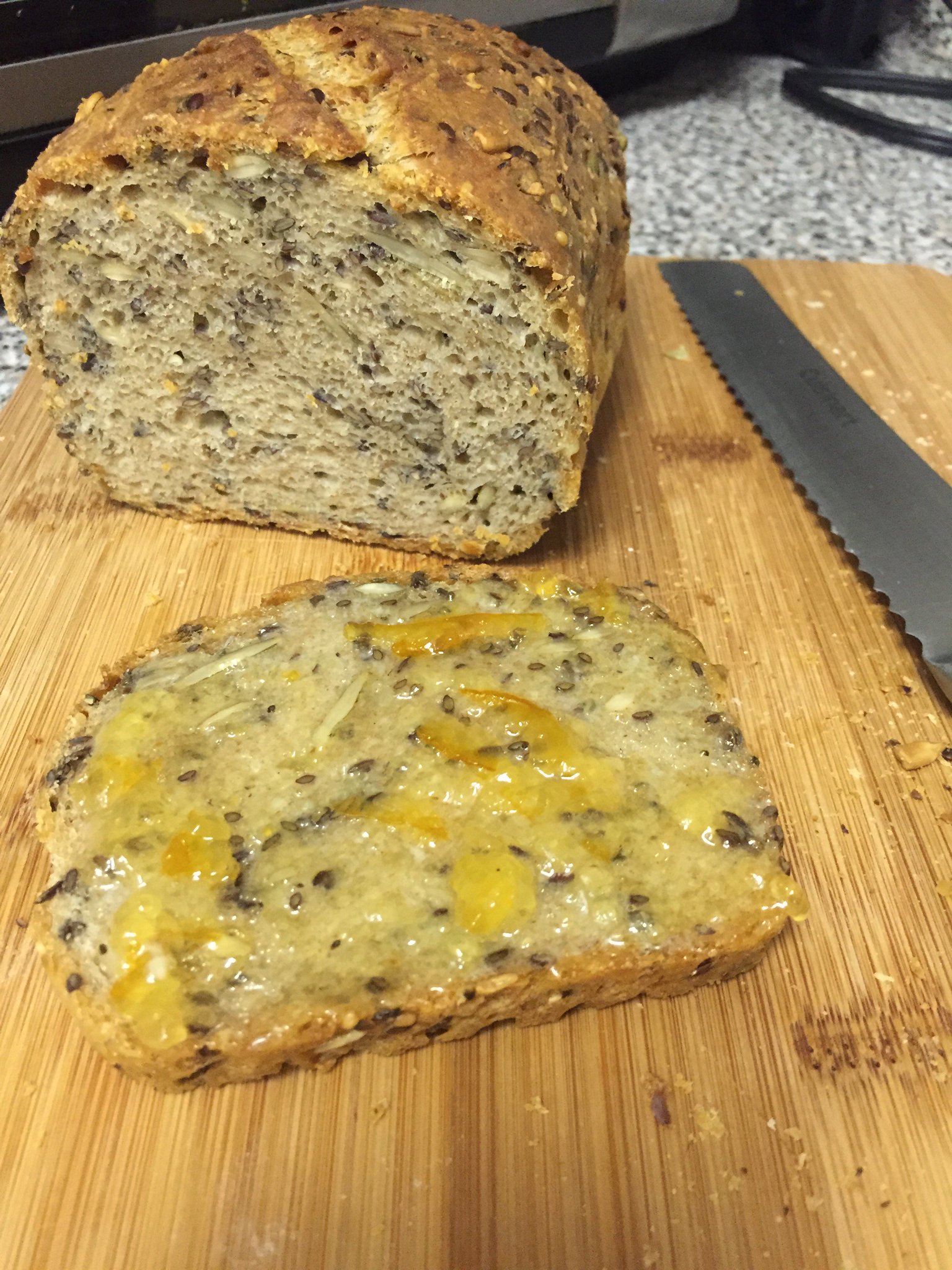First of all, what is it?
Pokémon GO is a smartphone game for Apple and Android. It's currently only available in a couple of countries and the servers are struggling under the current massive demand as it is, so hopefully they'll get those issues sorted out before inviting more countries to join. The game is based on the Pokémon franchise, which is basically a game about collecting cute critters called Pokémons. There are hundreds of them and they all have different appearances, names, and abilities. Once you collect some Pokémons of your own, you can fight against other people's Pokémons and see who's best. But basically, it's just a game about collecting cute things.
On the smartphone it's pretty simple. Your phone will show a little figure representing you, walking around on Google Maps in slightly prettier colours, and on the map you will also see some markers at certain locations - typically popular landmarks and works of art. So, a library or a post office or a popular bar might be examples of landmarks, and a sculpture, a mural, or even a painted utility box might be examples of works of art. There are two types of marker, PokéStops and Gyms. The former will give you items that you need to play the game (primarily, the PokéBalls that are used to collect the Pokémons) and the latter are fancier looking markers where you can go to fight against other people's Pokémons. These stops and gyms are all over the world, in every country, in every city. But here's the catch - to get the items or use the gym, you have to actually physically go to that map location. This is not a game you play sitting at home staring at a screen, this game gets you out of the house and walking around. If you want to get loot from the PokéStop, you're going to have to go there in person. Only when you're close enough can you click the marker on your map and collect your treasures.
In addition to the map markers, you'll occasionally hear an alert noise and see a little creature appear on your map. Unlike the stops and gyms, these don't have a fixed location. Instead, they appear partly randomly all over the place, and if you're close enough to one, you'll see it on your map. If you click the creature on your map, your view changes to a close up of the critter and then you use your finger to swipe upwards and throw a PokéBall at it - and if you hit successfully, you capture the creature and add it to your Pokémon collection. Different types of Pokémon can be found in different environments; the full details of these aren't entirely known yet, but for example, if you go to the beach you will find a lot more water-based Pokémon than if you're far inland. More incentive to travel around! And the more Pokémon you collect, the higher level you become, and you will start to find higher level and rarer Pokémons.
So why is everyone playing it?
Reason one. The gameplay! Yep, it's a very simple game. But, a lot of people like cute things, and a lot of people like collecting games. As an example, look at the sudden craze for the smartphone game Neko Atsume last year. This is a Japanese game in which the sole object is to collect different cats by luring them to your garden with different cat toys and treats. If you think Pokémon GO sounds simple then Neko Atsume is practically comatose in comparison, yet for a month or so chasing those cats was very popular. Collecting things is fun, easy for everyone to understand, and something many people enjoy. Plus, because it shows you the Pokémons superimposed over what your phone is actually seeing, it makes for entertaining screenshots to share with friends!
Reason two. Gamification is a thing. Gamification is a fairly terrible word that refers to making something that isn't normally considered to be a game, into a game. For example, if a kid doesn't want to eat his food, his parents may try making a game out of it. "Look! The airplane is coming down to land, open up the runway...!" Rephrasing a disliked activity in a way that makes it seem fun can change our attitudes towards the activity. It doesn't necessarily make sense to our intellectual minds, but there's a lot of evidence showing it's actually quite an effective way of convincing ourselves to do something. Jane McGonigal is a game designer and researcher well known for her work in this area; she's written two books on the topic that I highly recommend if you want to understand the idea of gamification, but you can get a very brief summary by watching her TED talk:
In the case of Pokémon GO, it's a way to game-ify getting out and getting exercise. We all know there are huge health benefits to walking every day, but it's very hard to find the time to actually prioritize walking around when there are so many other more urgent demands on our time. Pokémon GO gives us a reason to get out, something to do while we're out, and a sense that we've been rewarded for doing it. Walking to the corner may seem pretty pointless, but walking to the local PokéStop and getting valuable game items and maybe encountering some Pokémons to capture? Totally worthwhile! And judging by all the jokes about an outbreak of sore legs this weekend, it's working for a lot of people.
I personally hate going to the gym. Even though I know it's good for me, it seems terribly pointless to stare at a wall for half an hour as I exercise. I've tried listening to audiobooks, but I can do that just as well when doing other things besides exercising so that doesn't really help. So I've been playing a number of games for a while that encourage me to get out and move. I started playing Ingress about two years ago; that's a game by the same company that made PokémonGO, which involves walking to marked spots on Google Maps and capturing them for your team. Two teams battle it out in Ingress to capture and link together as many points as possible. It's a pretty simple game, but when I lived in a different area that had lots of the capture points around me, it was a very good motivation to go for a walk each morning and recapture all the local points for my team. Unfortunately in the area I'm in now, there isn't much Ingress gameplay to be had so I started playing Walkr, a very simple planetary exploration game. The more steps you take each day, the more energy you get in game; and energy can be used as a type of currency to speed up your exploration and finding more planets. Again, a very simple collection game, but it was at least a small motivation to get some extra steps in each day. And now, Pokémon GO (which, even better, I can stack with Walkr and earn points in BOTH as I walk around, doubling the reward). It's more interesting than staring at a gym wall, and it gives me a psychological reward in the form of game progression if I get out of the house and move around.
This morning I got up early, left the house at 7:30 and went for a jog/walk in the nearby area. For the first time ever I jogged down to the local gym -- but instead of going into the gym for exercise like a "normal" person, I sat on a bench in front and did some Pokémon fighting at the PokéGym which is at the same location. (I assume the game developers intentionally put PokéGyms at the locations of real world gyms where possible.) Then I jogged home. I may not have used the real world gym in quite the typical way, but I still got exercise this morning, and 4000+ steps in before even heading to work!
Reason three. It's a social thing! Games like Ingress and Pokémon GO are actually quite social experiences. You join teams, you meet people who are also playing, and quite possibly you attend events where people get together to play the game together. The social aspect was one reason I started playing Ingress; I figured it might be a way to meet people who, like me, also enjoyed game playing, but who were also interested in staying active and healthy. I've made a few acquaintances and gone to various pub nights and picnics, as well as an all-day Ingress tournament (called an Anomaly) which had me walking 10 miles (over 20,000 steps) in one day, running around with teams trying to win for our team.
Last weekend I was walking around Fashion Valley (one of the larger and fancier shopping centers in San Diego) checking my phone for Pokémons, and a complete stranger asked if I was having any connectivity issues (he was) and whether I'd seen the rare Pokémon that he'd heard was to be found down that end of the mall. We had a little chat about the game and went our separate ways, but it gave us a point of common interest to open a conversation with. I'd never have spoken to him or him to me if we hadn't both been playing the same game. And this is happening everywhere. I'm seeing my friends reporting they've talked to more strangers and made more new acquaintances in the past week than ever before in their lives. Just by giving people who already have common interests a topic of conversation to break the ice, Pokémon GO is helping people connect. This screenshot of a discussion on Reddit is a great example:
Today on my way home from work I noticed two PokéStops close together with lures active (an effect you can add to any PokéStop to attract more Pokémons there). So I pulled over and walked over to check it out, and found a crowd of about 15 people sitting outside the local library taking advantage of the PokéStops. They were all discussing the game, and as new people approached they'd be asked what level they were or what team they were on and invited to join. The ages ranged from kids who looked barely teens to what looked like mid 40s. Everyone was being very polite and exchanging information and tips. One of the kids mentioned that last Sunday there had been about 30 people at this library location, enjoying the sunshine and the PokéStops.
Obviously, it should go without saying that normal caution applies when meeting total strangers or wandering around strange locations. If you wouldn't go some place alone normally, then you probably shouldn't go there while playing Pokémon Go (or Ingress). A report that was going around about robbers luring in victims using the game appears to be false (so says Snopes) but normal levels of caution obviously apply whatever you're doing. Unlike the gentleman in the screenshot above, as a small woman I won't be wandering around parks at 3am regardless of what Pokémons might be found there. But I'm quite comfortable striking up a conversation with a stranger in a crowded shopping center or on a sunny afternoon at the public library.
Businesses lucky enough to have a PokéStop nearby are also taking advantage of the fact to attract customers.
Reason four. Curiosity! And this reason mostly just applies to me, but as a game developer long-time player of Ingress, I was very interested to see what the same company did with Pokémon GO. The latter is based very heavily on the data they gathered and the lessons learned from Ingress. As an Ingress player, I immediately spotted much of the data and gameplay they've taken from Ingress, and I'm using my knowledge of Ingress to make some deductions about how I think some game mechanics are working. (For example, I'm pretty sure they are using the mind unit and XM concentration calculations from Ingress to influence the frequency of Pokémon spawns, and other Ingress players I've talked to suspect the same.) As a game developer, I was always slightly frustrated at how poorly Ingress was monetized, so the monetization of Pokémon GO was one of the first things I checked out. And, game design aside, it's just interesting to watch how the game has captured so many different people's interests (and to speculate on the no doubt many imitators that will attempt to follow, probably unsuccessfully).
Well, this turned into a longer essay than I'd intended, but hopefully that answers the question of what it is and why I'm playing it clearly enough! How long will the craze last? Who knows? My guess is that it'll carry on for a couple of months (as new countries get added, it'll likely keep Pokémon in the news) and then slowly taper off. But then again, I played Ingress for 2 years and that's an even more basic game than this one; so unless something more interesting comes along to help get me out of the house and make exercise a little more fun, I and many others may well continue to play for a while.










